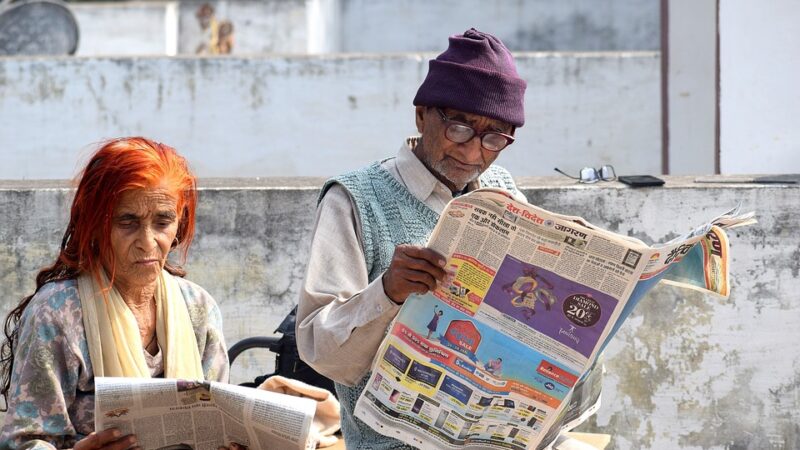Natural Disaster Strikes in Southeast Asia

Southeast Asia is no stranger to natural disasters, with its position along the Pacific “Ring of Fire” making it particularly vulnerable to earthquakes, tsunamis, typhoons, and volcanic eruptions. Recent events have once again highlighted the region’s susceptibility to these devastating calamities, leaving a trail of destruction and loss in their wake.
In early 2021, a powerful earthquake struck Indonesia, triggering a tsunami that slammed into coastal areas in Sulawesi. The quake, which measured 6.2 on the Richter scale, was followed by several strong aftershocks, causing widespread panic and destruction. Entire villages were leveled, leaving thousands homeless and in desperate need of food, water, and shelter. The death toll climbed steadily in the days following the disaster, with rescue teams working tirelessly to search for survivors buried beneath the rubble.
Further north in the Philippines, the country was hit by not one, but two powerful typhoons within a span of just two weeks. Typhoon Goni, known locally as Rolly, made landfall as a Category 5 storm, packing winds of up to 195 mph. It was swiftly followed by Typhoon Vamco, which brought torrential rains and strong winds to already battered regions. The twin typhoons left a trail of destruction in their wake, flooding communities, destroying homes, and displacing thousands of residents. The Philippines is no stranger to typhoons, but the frequency and intensity of storms in recent years have raised concerns about the impact of climate change on the region.
Meanwhile, in Myanmar, thousands of people were displaced by flooding caused by heavy monsoon rains. Rivers burst their banks, inundating homes and farmland, and cutting off access to essential services. The flooding compounded the challenges faced by Myanmar, already grappling with a political crisis following a military coup in early 2021. The United Nations and other humanitarian organizations have called for urgent assistance to help those affected by the disaster.
In response to these crises, governments, international organizations, and local communities have mobilized to provide aid and support to those in need. Relief efforts have included the distribution of food, water, and shelter, as well as medical assistance and psychosocial support for affected populations. However, the scale of the disasters has stretched resources thin, highlighting the need for increased preparedness and resilience-building in the face of future natural disasters.
As Southeast Asia continues to grapple with the impacts of climate change and urbanization, it is clear that concerted efforts are needed to mitigate the risks posed by natural disasters. Investments in early warning systems, disaster preparedness, and sustainable infrastructure are essential to saving lives and reducing the long-term impact of these calamities. Only by working together can we build a more resilient future for the people of Southeast Asia.






